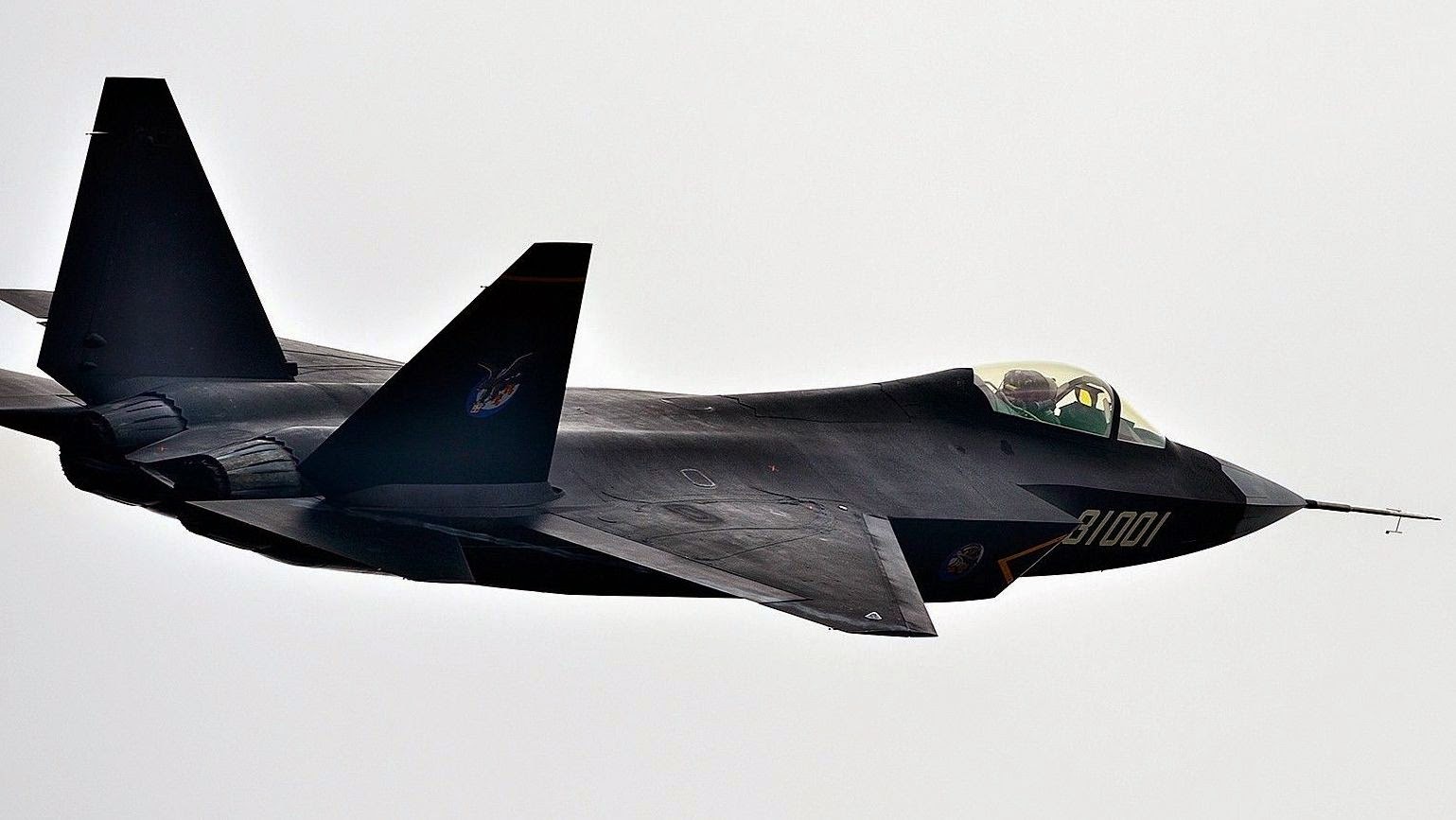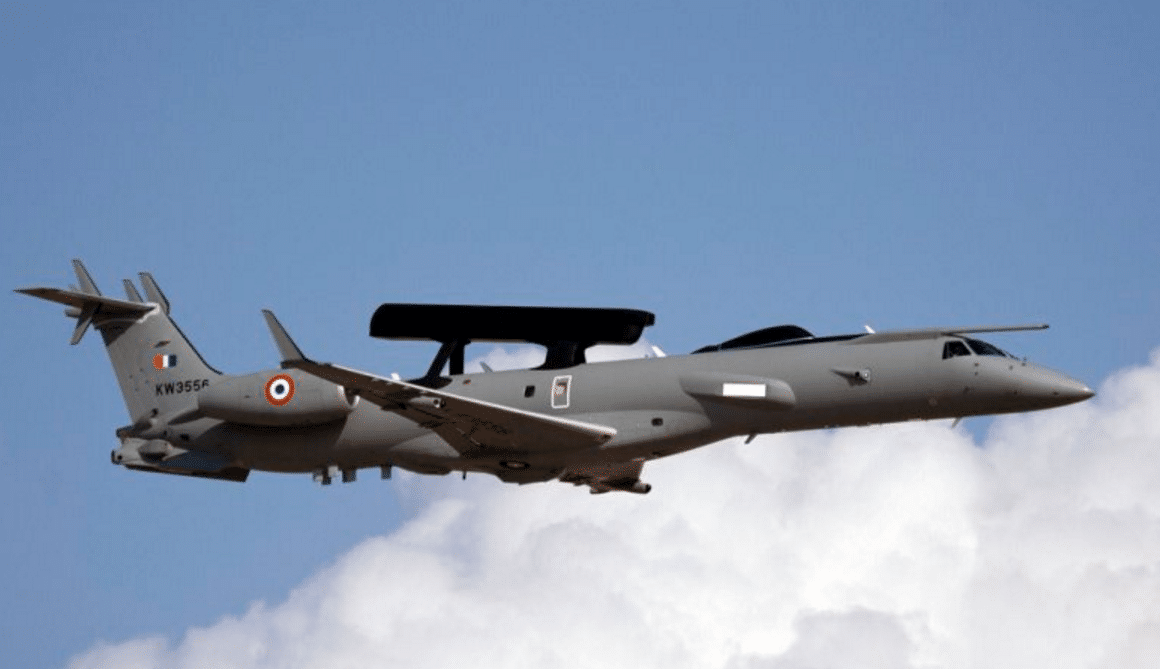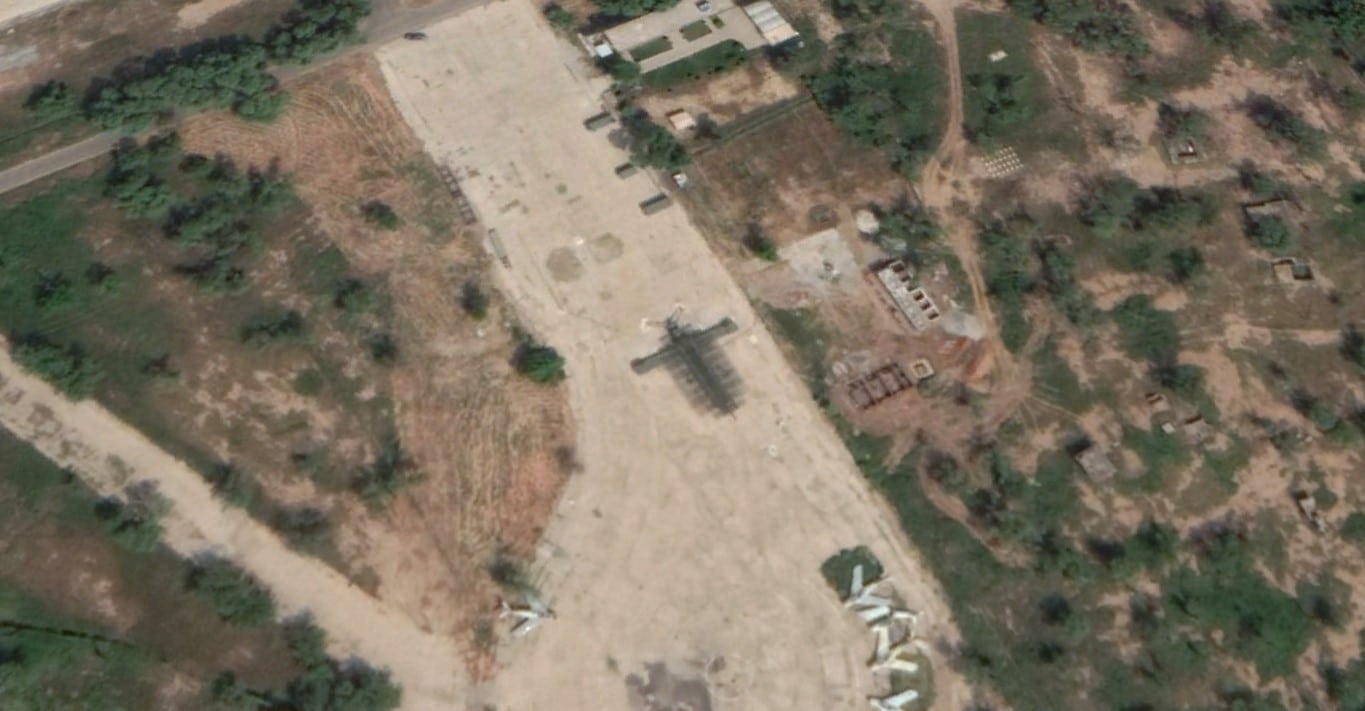2778Views 6Comments

China Unveils FC-31; Brief Analysis of Possible Buyer(s)
9 November 2015
By Bilal Khan
The Aviation Industry Corporation of China (AVIC) recently unveiled the FC-31 Gyrfalcon at the 2015 Dubai Air Show. The twin-engine FC-31 is marketed as a 5th-generation multi-role stealth fighter based on the J-31 that has been under development and testing in China for the past several years. It is an export-focused design meant for prospective customers unable to access and/or afford the Lockheed Martin F-35 Lightening II. A surface level observation shows that the FC-31 shares numerous design similarities with the F-35 and F/A-22, especially in terms of low-observability and low-detectability design traits.
Lin Peng, the AVIC project manager, told the media that the agency was looking for an international partner, ostensibly to assist with the development of the fighter (Aviation Week). That said, AVIC noted that it was negotiating with the People’s Liberation Army Air Force (PLAAF) for the purchase of FC-31s.
AVIC officials claimed to the media that the FC-31’s low-observable design would position it well against a range of multi-spectrum sensors, including L-band and Ku-band radars (Aviation Week). In addition, the aircraft is equipped with six external as well as four internal weapons stations or hardpoints. The internal weapons bay can carry up to 2000kg in munitions; externally the fighter can take up to 6000kg (Aviation Week). In terms of the FC-31’s expected specifications and performance parameters, the following is what AVIC gave (via Aviation International News).
Length is 55 feet, 1.5 inches, span is 37 feet, 8.75 inches and height is 15 feet, 8.5 inches. Maximum takeoff weight is listed at 55,000 pounds and weapons carrying capability at 17,600 pounds. AVIC claims that the FC-31 will be able to reach a service ceiling of 52,500 feet, and a top speed of Mach 1.8. Combat radius is 648 nm. The airframe is stressed to +9/-3 g, and has a projected service life of 6,000 to 8,000 hours, or 30 years.
AVIC is claiming that the FC-31 will exhibit numerous design changes and improvements to the J-31. Indeed, the FC-31 mock-up shows a number of airframe alterations as well as the addition of an integrated Electro-Optical Targeting System (EOTS). In addition, AVIC promises that the FC-31 would offer “outstanding situational awareness” through the use of an advanced radar (Defense News). According to AVIC the FC-31 will see its first flight in 2019, and will enter full service by 2024 (Defense News).
Any Takers?
It is no secret that China has been looking to drive its aircraft industry to success with exports. Aircraft, with fighter aircraft in particular, are high value and high profile sales with several decades’ worth of maintenance and upgrade opportunities down the line.
But besides its established export markets (most notably Pakistan), China has not been able to make many inroads (relative to its product offerings) in the world fighter market. Even the JF-17, a good fighter package in its own right, is having trouble penetrating and adapting to a market that has become bifurcated; customers who would have considered the JF-17 are instead going for low-powered counter-insurgency (COIN) and close air support (CAS) designs such as the Embraer A-29 Super Tucano.
The FC-31 is looking to meet the apparent opportunities left open by the Lockheed Martin F-35. To China, there is a fairly big market of prospective buyers who may be interested in a ‘5th generation’ platform, but are unable to acquire what is on offer by the West due financial and/or political constraints. The FC-31 is meant to alleviate both limitations by offering key elements of the F-35 at a lower cost, whilst still considerably improving the operational capabilities of the user. Speaking in ideal terms, an FC-31 equipped with Anti-Radiation Missiles (ARM) or Air Launched Cruise Missiles (ALCM) in its internal storage bay makes for a good strike package, does it not? This is basically the message China is trying to push.
So will it succeed? Well, that depends on the buyer. Political and financial considerations are important, yes, but so are the prospective buyer’s actual needs and the aircraft’s actual performance.
In terms of performance it is unclear how good the final product will be, especially in light of the criticisms some observers lent to the J-31 when it (the platform the FC-31 is based on) gave its performance at Airshow China in November 2014. Aviation International News’ Reuben Johnson noted that it “[bled] too much energy and the pilot had hard time keeping the nose up during turns and other maneuvers. He also had to engage afterburners far too often to maintain a proper energy utilization curve.” But to be fair the J-31 was a prototype design, so let us hope that the FC-31 is a substantive improvement in this regard.
In terms of needs however, I think there is some genuine potential (assuming the FC-31 meets the user’s performance parameters). Pakistan is slotted as one of the leading (if not the first) buyer of the FC-31 (IHS 360 Jane’s). Even with the induction of the JF-17 the Pakistan Air Force (PAF)’s Mirage ROSE (short for Retrofit Strike Element) fighters will continue to soldier on for years to come; these are the PAF’s primary strike and – before the induction of JF-17 with the No. 2 squadron – maritime platforms.
With EOTS (which would serve as an integrated targeting pod) and internal weapons storage bay, the FC-31 could be a suitable long-term replacement of the ROSE in the strike department. The twin-engine configuration of the FC-31, paired with a powerful radar and strong electronics warfare (EW) and electronics countermeasure (ECM) suites, would make for a very good maritime fighter as well. Of course, if the PAF persists with using the RD-93 turbofan, then it will gain from engine commonality (between FC-31 and JF-17) as well, which is a plus from a maintenance standpoint.
Overall, in the context of the PAF it is important to understand that the FC-31 would not necessarily be considered a ‘game changer’ or a decisive edge against India. Absolutely not. Rather, it could be a viable successor to the venerable Mirage ROSE, which to date and into the foreseeable future will carry a significant portion of the PAF’s strike missions. In that context, the FC-31 could very well be an extremely important addition considering the role it would take on, and would most certainly be a credible means of defence for the PAF as well as the armed forces generally.
Iran (Defense News) is also seen as another possible opening buyer as its military sanctions will be lifted by the time the FC-31 is in testing and nearing operational clearance. In Iran’s case the reasons are more to do with refreshing a largely depleted and obsolete fighter fleet. The induction of the FC-31 would be a clear improvement across the board as well as a good perceivable morale booster, not just for the Islamic Republic of Iran Air Force (IRIAF), but the Iranian population as well. It would not at all surprise me if Iran ends up being the first actual customer of the FC-31, even before Pakistan (who has and continues to be China’s biggest importer of arms).



6 Comments
by jigsaww
J-31 is still in its infancy and it would take it another decade to come through as a decent or acceptable fighter. Considering the problems that US is having with F-35 and the F-22, the J-31 (for that matter PAK-FA and J-20) may well just be a technology demonstrator for now, which is why AVIC is looking for an international “partner” to develop the fighter – though the approach is right. The air forces around the world are still depending on 4.5 gen fighters and 5th gen fighters are no where achieving true success. It seems the industry just hasn’t seen the breakthrough with 5th gen fighters still.
PAF should hold off purchase of J-31 for at least 5 years and rethink it all again. There simply is no need to jump on this bandwagon. This plane is a very poor demonstrator. Ultimately, J-31 success will depend on Chinese air force commitment to buying the fighter. If PLAAF does not buy it, then PAF should not either and look for other joint ventures/planes, possibly with turkey. Pakistan, China, and Turkey could work together on J-31 – just a thought.
The only game changer weapon the world has ever seen is probably the nuclear technology. Everything else is confined by time – sooner or later everyone will have same capability, hence game neutralized.
by Mohsin E.
The J-31’s development is (indirectly) great news for the JF-17. Most of the avionics being developed for the J-31 should be compatible for the JF-17, as they share a similar size. The question mark right now is on the level of cooperation/competition between Chengdu, Shenyang and the avionics manufacturers like NRIET and A-Star. The best outcome for the PAF would be a miniaturization of the J-20’s avionics components, primarily for the J-31, which may then (possibly) make them compatible for the JF-17. The fact that Shenyang is looking for international partners is not a good sign though, as that signals that it’s not (yet) seeing any free benefits from the J-20’s development. But still, the push towards compact components required for the J-31, in general within the Chinese industry, should help the JF-17 in the future, by speeding up development of future tech for upgrades.
by saqrkh
In your assessment, do you think the J-31’s radar and electronics out of the gate will be up-rated J-10B goods or miniaturized J-20 stuff? We’re still 10 years out from the earliest possible induction point.
by saqrkh
I agree but bear in mind the Turkish and Korean alternatives are ladden with much higher risk right now by virtue of being on the drawing board. Minus a possible off the shelf purchase of a few (remember the 30-40 a Pakistani official told Jane’s last year?), I don’t think we’ll see a real drive for a next gen fighter until the mid to late 2020s, by which time FC-31 will have matured a bit and TFX and KFX will be deeper in the development cycle.
by Mohsin E.
I think that’s going to depend solely on the level of interest/investment by the Chinese government, which right now is unclear.
by jigsaww
true that.